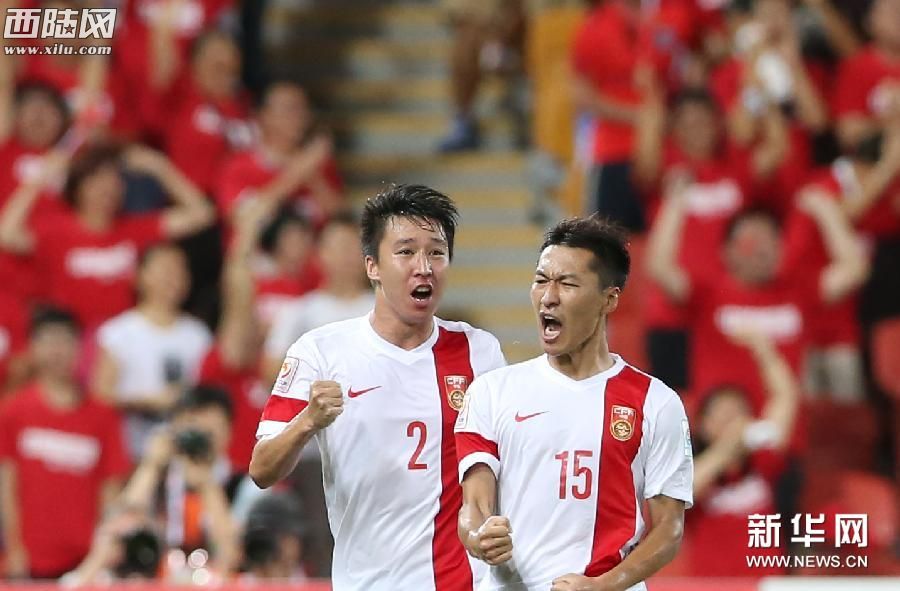The Chinese national team put in a surprise performance at the 2015 Asian Cup in Australia, losing 2-0 to hosts and eventual victors Australia after an impressive victory over Saudi Arabia, a 2-1 comeback win against Uzbekistan and another 2-1 triumph over North Korea.
These results may not seem like much, but the Chinese national team has been the butt of jokes for many years and lost to Thailand 5-1 just over 18 months ago. The team’s run at the Asian Cup has become a source for political capital, which may in turn generate momentum for the development of football in the country.
The Central Discipline Inspection Commission (CIDC), charged with investigating corruption within the Communist Party, were the first to draw on the team’s success, asking in an article posted on its own website, ‘What does the national team’s Asian Cup performance tell us?’ The self-congratulatory article found ‘the recent top-to-bottom campaigns against bribery and match-fixing, and the powerful anti-corruption campaign, have catalysed the national team’s march toward a new future’.
In recent years, Chinese football was embattled by catchphrases such as ‘fake ball’ and ‘black whistle’, catchphrases which epitomised the public’s lack of faith in Chinese football, but is now in the first stages of a ‘new life’, with the CDIC reporting that CSL attendance rates are the highest in Asia and tenth in the world. Thanks to the CDIC, as inside reporting would have it, China’s loyal, long-suffering fans now have cause for optimism.
But China’s performance at the Asian Cup did not only generate a PR stunt for the Central Disciplinary Inspection Commission. The Central Leading Group for Deepening Reform, a powerful body headed by Xi Jinping has announced that it is deliberating football reforms already approved by the State Council, the starting point for much legislation in China. The reform package is wide-ranging and includes introducing modern commercial structures for football clubs and rebalancing the allocation of both gate receipts and television revenue.
These moves have two motivations: firstly, to reduce the disparity in resources that have led to the top spots in the CSL being a foregone conclusion in recent years, and secondly to prevent a re-emergence of the corruption that blighted the game not long ago. Other reforms include constructing more facilities to support football at professional, amateur and school levels. An expanded football lottery system and a football development fund both aim to make significant improvements to grassroots football, a goal that could have significant long-term benefits for football in China. It is difficult to predict how long it will be before these reforms become reality, but if the government wants to put an end to the national team being the butt of jokes, it will need to act quickly.
This is not the first time that a wave of promise has swept over Chinese football. 2002 marked China’s maiden World Cup Finals appearance, the China Schools Football program got underway in 2009, and in 2011 Wanda Group Chairman Wang Jianlin committed 480 million RMB to the CSL in sponsorship funding. But these were all false dawns. Now, Guangzhou Evergrande has opened an academy with capacity for 2,300. Evergrande is perhaps a special case: it has abundant financing, including the 1.2 billion RMB invested by Alibaba’s Jack Ma in June 2014, and has also come to be seen as a launchpad for talent to be guided into the national team set-up. If proposed reforms are implemented, it would not stand alone as China’s foremost developer of both grassroots and professional talent. In both the short and long-term, Chinese football could be set for a significantly rosier future.
The CDIC heaped praise on itself for China’s modest successes at the Asian Cup, but it may have a genuinely pivotal role in the progress of Chinese football at all levels. Where previous progress was stymied by endemic corruption in both politics and business, the campaign to clean the country of this sleaze strengthens the odds of the rosier future becoming a reality.
